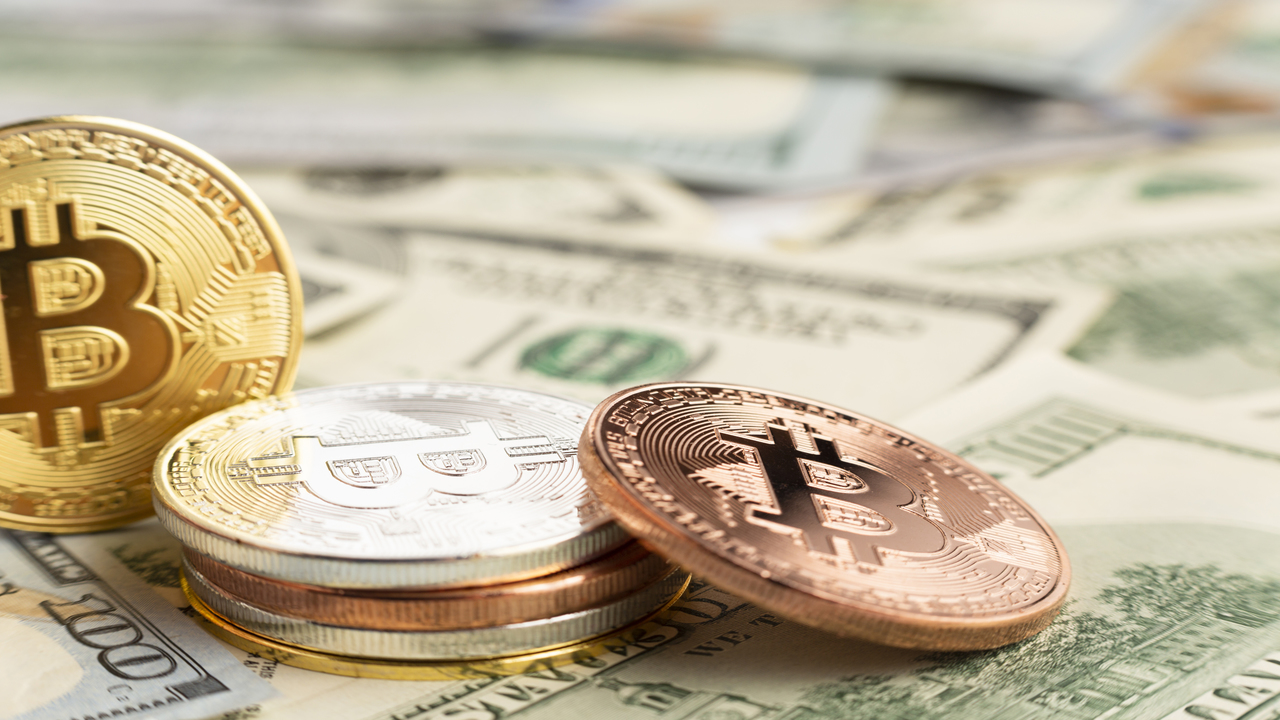
October 31st marks the 13th anniversary of the release of the original Bitcoin White Paper by Satoshi Nakamoto. In honor of this historic day, AND the fact that it’s Halloween, our team thought we would highlight 13 fun historical bitcoin facts.
1. While it’s difficult to determine exactly how many people own or use bitcoin (one person can have many wallets, and services such as exchanges can hold bitcoin in one address that belongs to many people) one study found that there are likely over 100 million owners of bitcoin worldwide; Coinbase alone has 68 million verified users. If true, it means about 2% of the world’s population owns bitcoin. We are still so early.
Source: https://www.chappuishalder.com/wp-content/uploads/2019/06/Publication_Crypto-traders-06-2019.pdf
2. Bitcoin has achieved roughly 2% global adoption and 10% adoption within the US to date, which is roughly the same as the adoption level of the internet in 1995. However, bitcoin has achieved its current level of adoption much faster than the internet, mobile phones, or any other global infrastructure technology. After reaching 100 million users, it took the internet another 9.5 years to reach 1 billion users. At its current growth trajectory, bitcoin will reach 1 billion users in 4 years.
Source: woobull.com
3. 18.85 million of the 21 million total bitcoin have been mined (89.7%) to date, meaning there are only 2.15 million bitcoin left to be created. On average, 900 new bitcoin are mined per day (144 blocks per day are mined on average, and there are 6.25 bitcoins per block) until the next halving in 2024, at which point the daily supply issuance will once again be cut in half. The last bitcoin is expected to be mined in the year 2140.
4. Bitcoin’s average annual price growth rate entering this year was 216%. If that rate slowed by half (100% annual growth), Bitcoin would reach $1m by 2026. If Bitcoin grew at only a quarter of its historical compound growth rate (50% annual growth), it would reach $1m by 2030. As of writing this newsletter, bitcoin is already up over 100% YTD in 2021.
5. Regardless of when or at what price anyone purchased bitcoin, the value of that investment has yielded a positive return – so long as that investor held it for at least 3 years. #HODL
6. For over a decade (with one exception), the lowest price of Bitcoin during that given year was higher than the lowest price of the previous year.
Source: Coinmarketcap
7. Bitcoin is often criticized for the amount of energy it consumes. However, a recent study from Galaxy Digital estimates that mining gold consumes 240 TWh per year, or roughly twice the amount of energy necessary to mine bitcoin. That same Galaxy Digital report estimates that the banking industry, which consists of banking data centers, bank branches, ATMs, and card networks, uses approximately 263 TWh of energy each year. That’s also roughly double the amount of energy the Bitcoin network consumes. We can find numerous use cases that consume more electricity on an annual basis than bitcoin. The global consumption of YouTube videos accounts for 243 TWh per year. The amount of electricity consumed every year by always-on but inactive home devices in the USA is nearly 214 TWh per year. Clothes dryers in the U.S. use roughly 93TWh per year, and that’s not even accounting for the rest of the world.
Source: https://niccarter.info/wp-content/uploads/txsummit_nc_oct08.pdf
8. If BTC was listed on the NYSE, it would be the 5th largest asset by market cap behind Apple, Microsoft, Amazon, and Alphabet. However, in February 2021, Bitcoin crossed the $1 trillion market cap level for the first time. This was 12 years and one month after Bitcoin first launched, making it the fastest asset to ever reach $1 trillion in value.
9. Bitcoin is the most powerful computing network in the world. The more hash rate (computing power) on the network, the greater its security and its overall resistance to attack. Bitcoin’s network is more powerful than Google, Amazon, and Facebook combined, and is 1,500x more powerful than the most powerful supercomputer in the world.
Source: https://www.blockchain.com/charts/hash-rate
10. Bitcoin has been pronounced dead by the media more times than we can count. Each red dot on the chart below represents an article written by a media outlet declaring Bitcoin dead. Trust the on-chain data, not the headlines.
Source: https://twitter.com/danheld/status/1447974210870169602?s=12
11. On May 22, 2010, early bitcoin miner Laszlo Hanyecz bought two Papa John’s pizzas for 10,000 BTC in what was the first publicly known purchase using bitcoin. Had Lazlo held onto those bitcoins instead the coins would have been worth over $600 million today, making it the most expensive pizza ever purchased. May 22, aka “Bitcoin Pizza Day”, is now an unofficial holiday within the crypto community.
12. Each year, the Federal Reserve Board projects the likely demand for new currency and places an order with the Department of the Treasury’s Bureau of Engraving and Printing, which produces U.S. currency and charges the Board for the cost of production. The 2021 currency operating budget is $1.1 trillion. According to the United States Department of Treasury, an estimated $70 million in counterfeit bills are in circulation. Consider this a friendly reminder that bitcoin costs taxpayers $0 and there are no counterfeit bitcoins in existence.
13. The total cryptoasset market is roughly $2.5 trillion. At present, bitcoin is by far the largest asset in the industry, accounting for roughly 45% of the entire market size. The next largest is Ethereum with roughly 17.6%. However, as the industry has grown and new tokens have gained adoption, bitcoin’s market dominance has dwindled in recent years.
